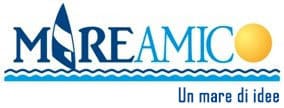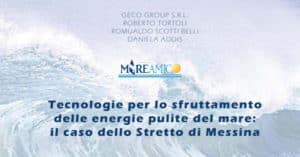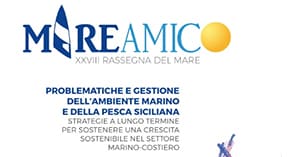| File | Azione |
|---|---|
| Silvia Falco - Impacts of the Atlantic blue crab in Spanish Mediterranean coasts EN.pdf | Download Share on Facebook |

Although the first record of the blue crab Callinectes sapidus occurred in the mid-20th century in the Mediterranean Sea, the presence of this species in the Spanish Mediterranean coasts occurred much later. The first published record was in the Ebro Delta in 2012, but, its expansion along the Spanish coast has happened rapidly.
The blue crab is an opportunistic omnivore that has potential to inflict a large effect at multiple trophic levels in non-native habitats. The trophic ecology of the species, has been practically unexplored in invaded Spanish ecosystems. There are a few studies that have assessed, through a series of aquarium experiments, the predatory role of the blue crab on marine bivalves and both autochthonous and exotic freshwater bivalves. Also, the trophic ecology of adult blue crab was investigated in different Spanish invaded habitats (bays, coastal lagoons, rice field drainage channels, and rivers) showing a clear preference for bivalves in sites where they were available.
The impact that C. sapidus may cause on human activities also needs to be considered. Significant negative effects on fishing activities are being perceived by local fishermen (i.e. mutilating fish caught in traps and nets, breakage of trammel net or fishing gear). Moreover, the effect of the crab on natural banks and local bivalve farms may be substantial.
The double nature of C. sapidus as an invasive species and fishing resource should be considered when identifying management strategies. The idea is that overfishing leads to a considerable decrease in the crab abundance thus reducing the ecological and economic impacts of the invader. Commercial fishing started as a control mechanism in 2016 in different sites of the Spanish Mediterranean coast. Catches vary greatly between localities from 16 t in the Mar Menorto almost 500 t in the Delta Ebro in 2020. Market prices may also vary, making the blue crab a very volatile product. The average price in 2020 was 3 €/kg. The main risk of considering the blue crab as a fishing resource is, once accepted as a product in fish markets, the species is no longer considered as an invasive species to be controlled, managed, and mitigated; and could be converted into productive uses provoking contrary incentives that perpetuate the crab in the invaded habitats
SILVIA FALCO
*Research Institute for Integrated Management of Coastal Areas, Polytechnic University of Valencia, Paranimf nº1 46730 Grau de Gandia, Spain




Commenti recenti